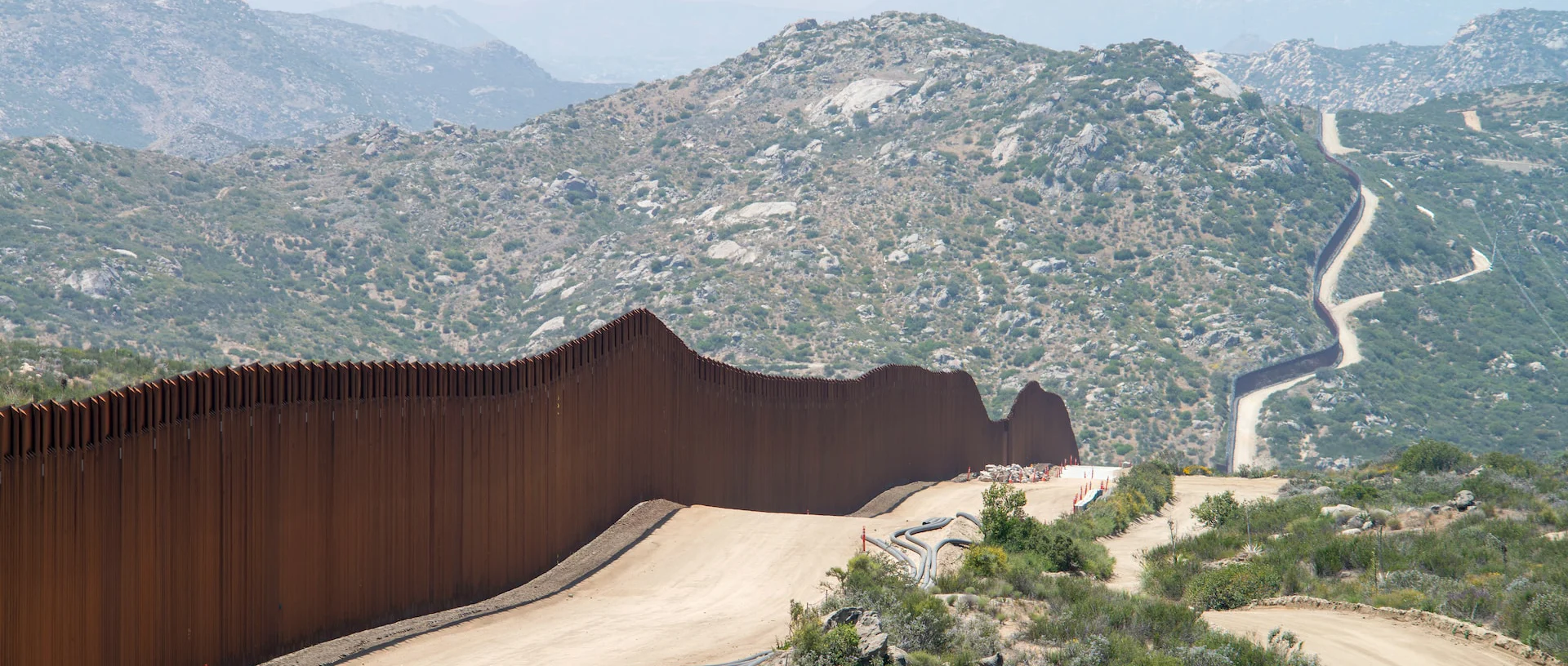Traveling in the Schengen Area made easy. You often do not notice that you are crossing the border: there is no check by border guards, there is no stamp in your passport. Modern borders are becoming increasingly digital, and smart borders have long worked with biometric data.
In his current book Sorting Machines. Reinventing borders in the 21st century ”Stephen Mao, senior professor of sociology at Humboldt University in Berlin, shows, but also the downside of this development. While some doors open automatically as in a department store, for others borders become more serious and dangerous On June 13, Mao will give the Karl Popper Lecture on this topic as part of the Academy’s Lectures in the Ballroom of the Austrian Academy of Sciences (ÖAW).
Open and closed borders are the same
On social media, you see digital nomads working all over the world as if there were no borders. How one-sided is this image?
Stephen Mao: Of course there are people for whom mobility is part of daily life, and they can move about relatively freely outside of state control. At the same time, borders are becoming increasingly important as barriers and room dividers. Globalization has not only opened borders but also closed borders, not only mobility but also immobility. My thesis is that these two aspects are closely related.
Globalization has not only opened borders, but also closed borders.”
What developments are you watching?
meow: We always think that the wall came down in 1989 and the world became more porous. But actually we didn’t have hard boundaries in the 70’s and 80’s than we do today. At the time, five percent of all borders around the world were wall borders – today it’s 20 percent. More than 80 borders secured with barbed wire and concrete structures. Almost every week we have news of new borders, for example between Poland and Belarus or between Finland and Russia.
Modern borders are not lands
So there is a huge disparity in who is free to roam and who is not?
meow: Sort out the boundaries between wanted and unwanted mobile people. Our research showed that visa waiver programs were a postwar invention. Beginning in the 1950s, people from wealthy and democratic countries were gradually exempted from visas across the board. From the 1970s to the present day, people from the Global North have been able to greatly expand their ability to cross borders. On the other hand, the situation has deteriorated greatly for people from African countries. It was easier for them to come to Europe in the sixties and seventies than it is today in the era of globalization.
There is a limit before this limit. Border control moves to the external borders of the European Union, to North Africa or even sub-Saharan Africa.
What does a modern frontier look like?
meow: Borders are not always monitored where the borders are. There is a limit before this limit. Border controls move to the external borders of the European Union, to North Africa or even sub-Saharan Africa. Borders become sorting machines. For some, they become less important—they serve as an automatic door in a department store—for others, they become more impenetrable, even deadly. According to estimates, about 20,000 people have died on the Euro-Mediterranean border since 2014. At the same time, it is easy for tourists to travel and welcoming travelers.
The frontiers of the future are digital
What role does technology play?
meow: We are talking about smart borders, that is, digital borders. Beneath borders are huge troves of data — through biometric enrollment, facial measurement, and electronic fingerprint or iris scanning, borders can clearly establish who they are. The more advanced this technological upgrade, the less we need to carry documents. Some are already talking about face passports: our face can become our identity card.
Some are already talking about passports on the face: our face can become our identity card.”
How error prone is this system?
meow: There is a shift in decisions to algorithms, and we don’t know the exact error rate. These systems are not very transparent, they use large amounts of data that we have no control over. It can certainly happen that they are turned away at the border and they don’t even know why. During his time in office, Donald Trump has pushed to make data from Facebook or Tik Tok part of his trustworthiness rating. The person who posted inappropriate things did not get a visa. The greater the digitization, the greater the possibilities of limiting mobility.

“Food practitioner. Bacon guru. Infuriatingly humble zombie enthusiast. Total student.”







More Stories
KaDeWe stops selling meat and sausages
Another earthquake near the giant Naples volcano
Trump wants to block Harris' access to donations